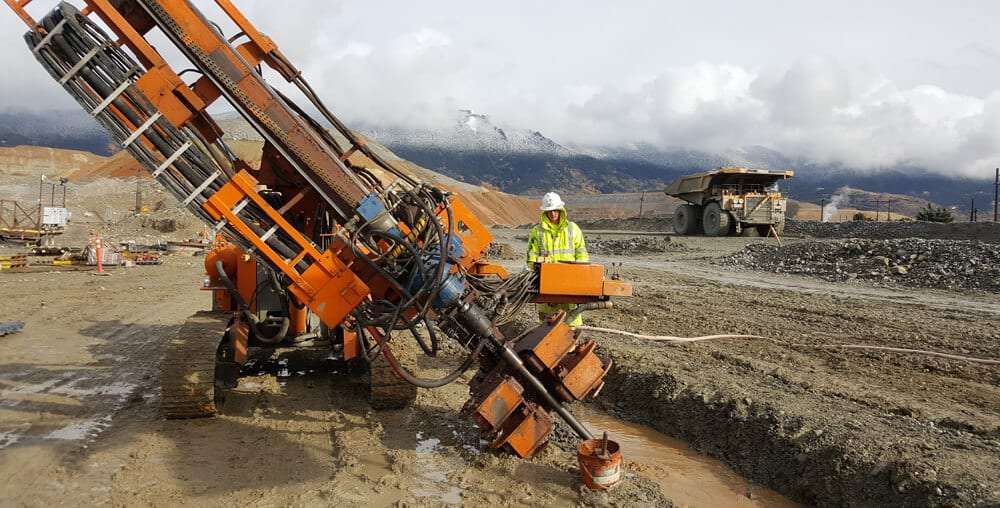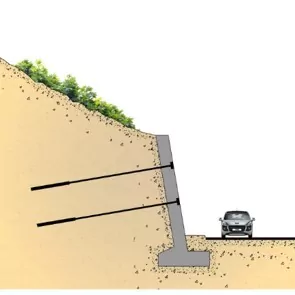Permeation grouting is a widely used technique in construction projects to enhance ground stability, ensuring a safer and more durable foundation for infrastructure. This method involves injecting low-viscosity grout into soil or rock formations to fill voids and strengthen the ground without significantly disturbing the surrounding area. Here’s how permeation grouting works and why it is an essential tool for modern construction.
What is Permeation Grouting?
Permeation grouting involves the use of a liquid grout—typically cement-based, resinous, or chemical mixtures—that penetrates porous ground material. Unlike other grouting methods, it does not displace the soil but instead fills the gaps and binds the particles together. The goal is to create a denser, more cohesive structure that can better support construction loads.
The Process
1.Drilling and Access: Small holes are drilled into the ground to provide access for the grout. The depth and location of these holes depend on the project’s specific requirements.
2.Injection of Grout: The grout is injected under pressure into the soil or rock. The material’s low viscosity ensures it flows into even the smallest voids.
3.Setting and Hardening: Over time, the grout hardens, binding soil particles together and improving the overall stability of the ground.
Key Benefits of Permeation Grouting
1.Enhanced Load-Bearing Capacity
By filling gaps and binding particles, permeation grouting significantly increases the ground’s ability to support heavy loads. This is particularly useful in areas with loose or sandy soil.
2.Reduced Settlement
Ground treated with permeation grouting is less likely to settle unevenly, which is a common cause of structural damage in buildings, roads, and bridges.
3.Improved Water Resistance
The grout forms a barrier that prevents water seepage, reducing the risk of erosion or instability caused by groundwater movement.
4.Minimal Disturbance
Unlike excavation or other soil stabilization techniques, permeation grouting is non-invasive, making it ideal for projects in urban areas or near existing structures.
Applications in Construction
Permeation grouting is versatile and can be applied in various construction scenarios, including:
- Foundation Stabilization: Ensures strong and stable bases for buildings and other structures.
- Tunneling Projects: Reinforces surrounding soil to prevent collapses during excavation.
- Bridge and Road Construction: Strengthens the ground to bear dynamic loads.
- Water Control: Creates impermeable barriers to manage water flow in dams, levees, and underground structures.
Environmental Considerations
Modern permeation grouting methods prioritize eco-friendly materials and processes. Biodegradable and non-toxic grouts are increasingly used to minimize environmental impact, ensuring that the surrounding ecosystem remains unaffected.
Conclusion
Permeation grouting is a vital technique in construction, offering a reliable solution to ground stability challenges. Its ability to enhance load-bearing capacity, minimize settlement, and provide water resistance makes it indispensable for projects requiring robust and durable foundations. As technology advances, permeation grouting continues to evolve, promising even greater efficiency and sustainability in future construction endeavors.







